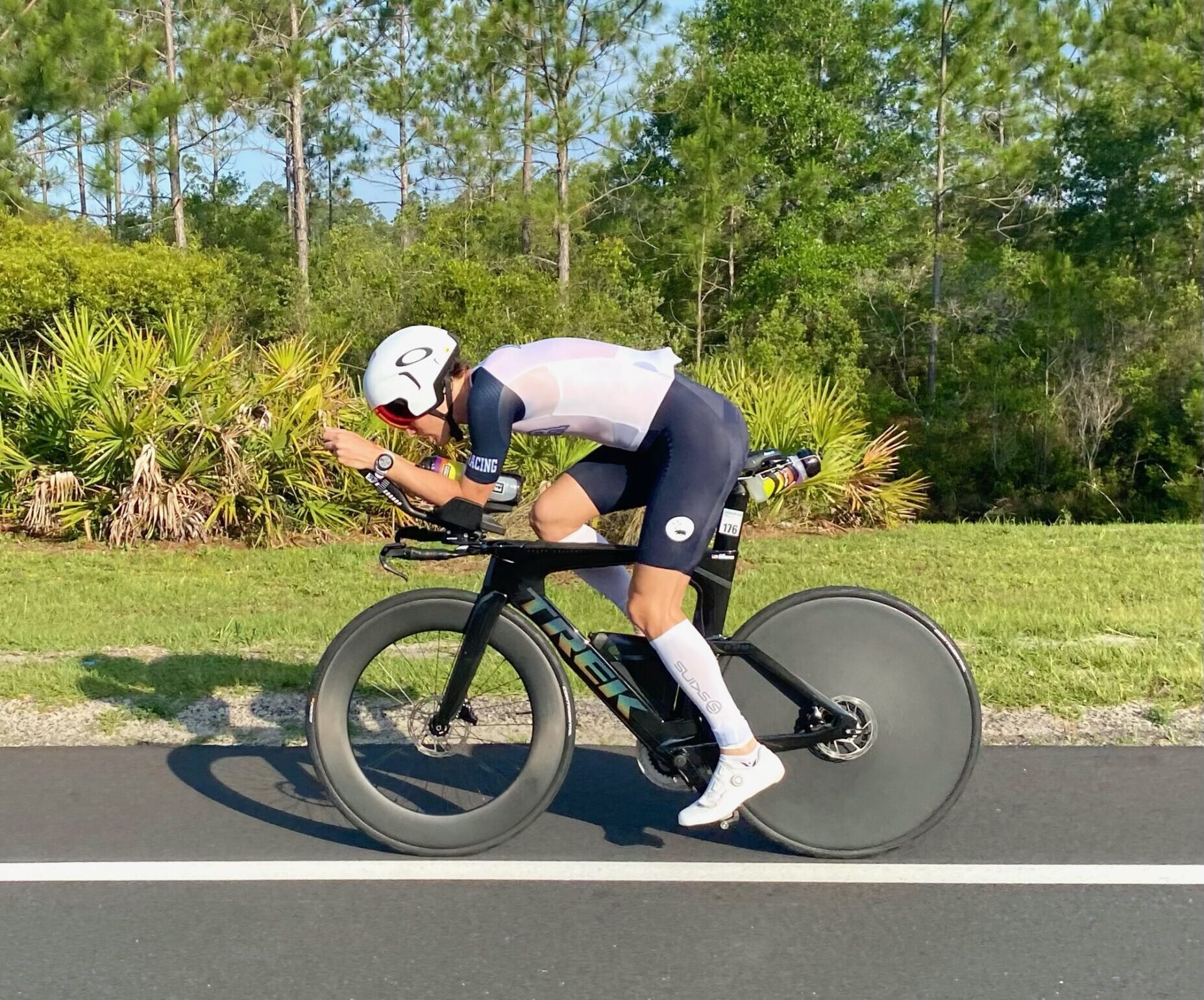No products in the cart.
How Lower Power Numbers Lead to a Faster Triathlon Bike Time
- Posted on

So many triathletes pour large amounts of time, energy, and money into equipment selection. These can significantly impact an individual’s performance, but they are not always, or even often, the greatest “bang for your buck.”
Take SoS athlete Alex Burgans, for example. As the early season rolled around, Alex was plagued with several nagging injuries that resulted in significantly less training time on the bike and even less on the run. Where some may view this as a significant detriment to their potential results for the season, Alex directed his attention to the things he could control. One of which was his position on his Trek Speed concept.
Once he had optimized his fit with a Retül Fit, Alex, along with the help of Brady Irwin, utilized our Aerolab AeroPro to test the position and the impact of helmets and bottle placement on Alex’s bike.
How did it go, you ask? Alex raced this year’s Ironman Florida on November 2nd with two goals in mind. Testing out his position and conquering the reason he stopped doing full IM events three years ago, race day sickness (no one projectile vomits and rallies like Alex!), that has forced him to DNF in multiple events and put him in the med tent after his last full IM.
The day was a success! Alex completed his race with minimal and inconsistent nausea, a new IM PR, and power numbers so low relative to his time that your jaw hit the floor!
Bike Split: 5:04:15
Power:
– Avg: 159W
– Normalized: 165W
Heart Rate:
– Avg: 153bpm
Place:
– Age 25-29 – 20th/142
– Gender – 219th/1,474
This is a significant win for Alex. It shows that with our future ability to train appropriately and a good idea of what wattage Alex is capable of holding for this distance, we have the potential to see some phenomenal bike splits.
*A big “Thank You!” to Alex for allowing us to share his power numbers and race data!
